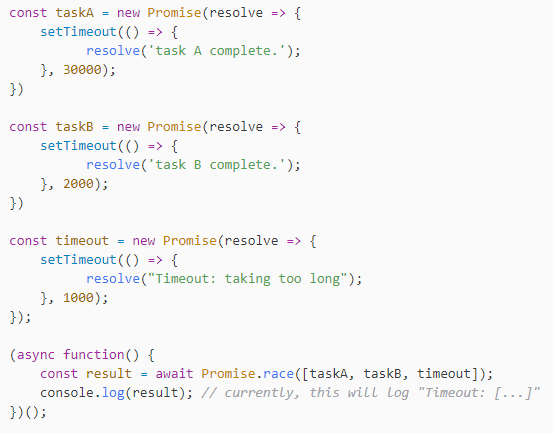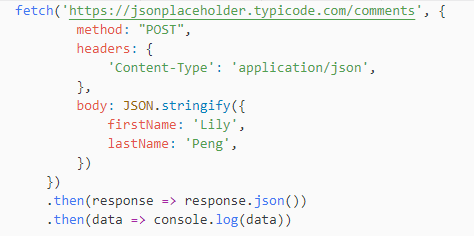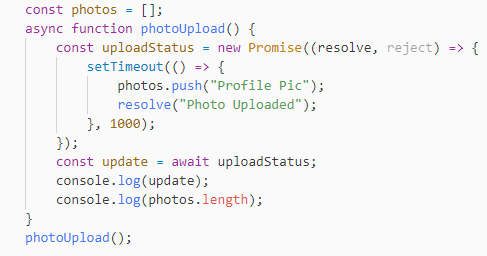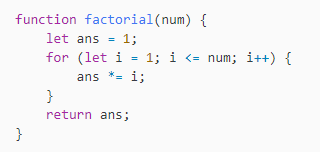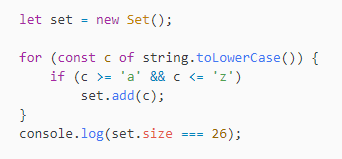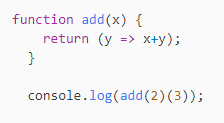The DOM
- Document Object Model - JavaScript object that represents the
document(web page). Provides properties and functions for developers to use to manipulate the web page document.getElementById("")returns a JS object that represents the elementdocument.getElementsByClassName()anddocument.getElementsByTagName()both return an HTMLCollection, which is like an array, of the elements- On the element returned, use
textContent(best for text),.innerHTML, or.innerTextto access and set values document.querySelector("div#my-id > p")- returns the first object that is a child p of a div with id #my-iddocument.querySelectorAll()- returns a NodeList of objects that match the CSS query. Can conver to array withArray.from(myNodeList);document.body.style.textAlign = "center"- the style property is an object with CSS styles. Note text-align is changed to textAlign. (also, this is an easy way to get the body)- Careful: This adds style in the form of inline HTML. If you try to retrieve style that wasn't added in the HTML inline style tag, it will not be able to!!
- In that case, use
window.getComputedStyle(myElement)to get a CSSStyleDeclaration that you can call .color, etc on
document.querySelector("#header").className += " new-class"- add a class to an element, but removal is difficultdocument.querySelector("#header").classList.remove("my-class")- useadd(),remove(),toggledocument.createElement("li")myList.append(newLi)- append() and prepend() adds the parameter element into the original, either at top or bottomappendChild()is similar, but more strict.- With
append(), you can useappend("some string")into a parent to look like<div>Appending Text</div>. Not accepted withappendChild() append()does not have a return value, butappendChild()returns the appended Node object- You can
parent.append(child, childTwo)for multiple children, butappendChild()only allows a single child
- Can also use
document.body.innerHTML += "<p>hi</p>"to append. This doesn't create objects, just takes in a string. Generally okay for simple text where you don't need control over the object - Remove elements with
unwantedElement.remove()orparentElement.removeChild(unwantedChild) - Basic div creation in js:

- Event Listeners -
myElement.addEventListener("event", function);- Events like "click" or "keypress"
- Keep in mind it's the function name, not with ()
- Generally recommended over
myElement.onclick = () => {...}because it allows multiple events, but onclick is quick and easy.


